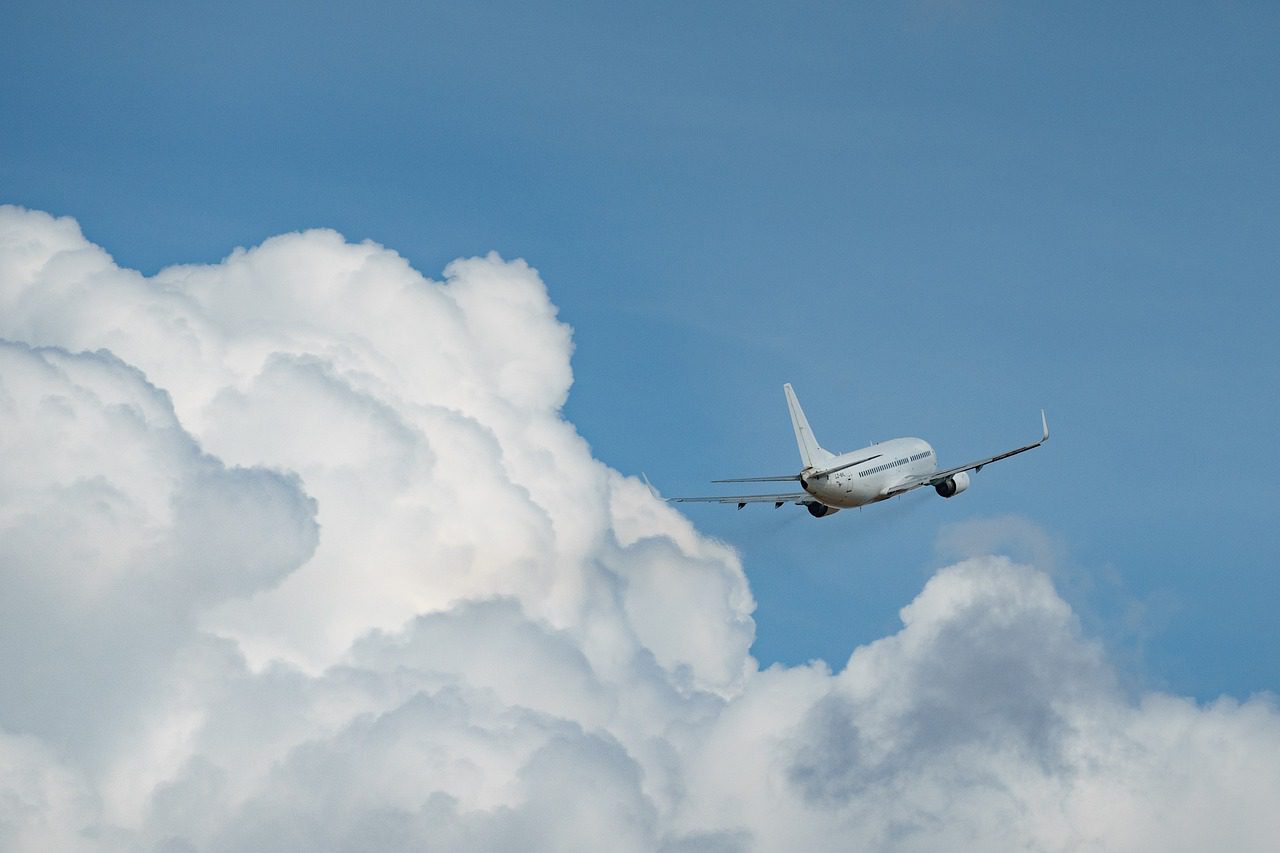In the fast-paced world of aviation, ensuring the safety of flights is a top priority. The advancements in Anti-Collision Protection in the Air and E-Conspicuity technologies are pivotal in addressing this challenge. These innovative systems are transforming how aircraft navigate through busy airspace, significantly reducing the risk of mid-air collisions and enhancing overall flight safety.
Understanding Anti-Collision Protection in the Air
Anti-Collision Protection in the Air is a comprehensive term that encompasses various technologies and protocols designed to prevent aircraft from coming too close to each other during flight. This system relies on sophisticated algorithms and sensors to monitor the positions of nearby aircraft, providing real-time alerts and recommendations for avoidance maneuvers when necessary. It includes tools such as the Traffic Alert and Collision Avoidance System (TCAS), which has become a standard safety feature in commercial aircraft, ensuring that pilots have the critical information needed to make quick decisions in the sky.
The Role of E-Conspicuity in Aviation Safety
On the other hand, E-Conspicuity focuses on enhancing the visibility of aircraft to others in the airspace, including pilots, air traffic controllers, and even unmanned aerial vehicles. By broadcasting precise location, altitude, and trajectory data, E-Conspicuity devices make it easier for all airspace users to be aware of each other’s presence and movements. This technology is especially valuable in congested areas and for aircraft operating under Visual Flight Rules (VFR), where the risk of collision can be higher due to the reliance on the see-and-avoid principle.
Synergy between Anti-Collision Protection and E-Conspicuity
The integration of Anti-Collision Protection in the Air and E-Conspicuity creates a robust safety net for aviation. While anti-collision systems actively prevent accidents by alerting pilots to immediate threats, e-conspicuity ensures that aircraft are consistently visible to each other, reducing the likelihood of those threats arising in the first place. Together, they provide a comprehensive approach to collision avoidance, combining proactive and reactive safety measures to protect flights in all phases of operation.
Advancements and Future Directions
The future of aviation safety lies in the continuous improvement and integration of Anti-Collision Protection in the Air and E-Conspicuity. As technology advances, we can expect these systems to become more sophisticated, with enhanced predictive capabilities and even tighter integration with unmanned aerial systems and next-generation air traffic management platforms. The goal is to create an environment where all types of aircraft can safely share the skies, supported by technology that makes collisions virtually impossible.
Anti-Collision Protection in the Air and E-Conspicuity are essential components of modern aviation safety strategies. By providing critical information and enhanced visibility, these technologies play a crucial role in preventing mid-air collisions and ensuring that the skies remain safe for everyone. As the aviation industry continues to evolve, the ongoing development and adoption of these systems will be key to meeting the safety challenges of increased airspace congestion and the integration of new types of aircraft.
